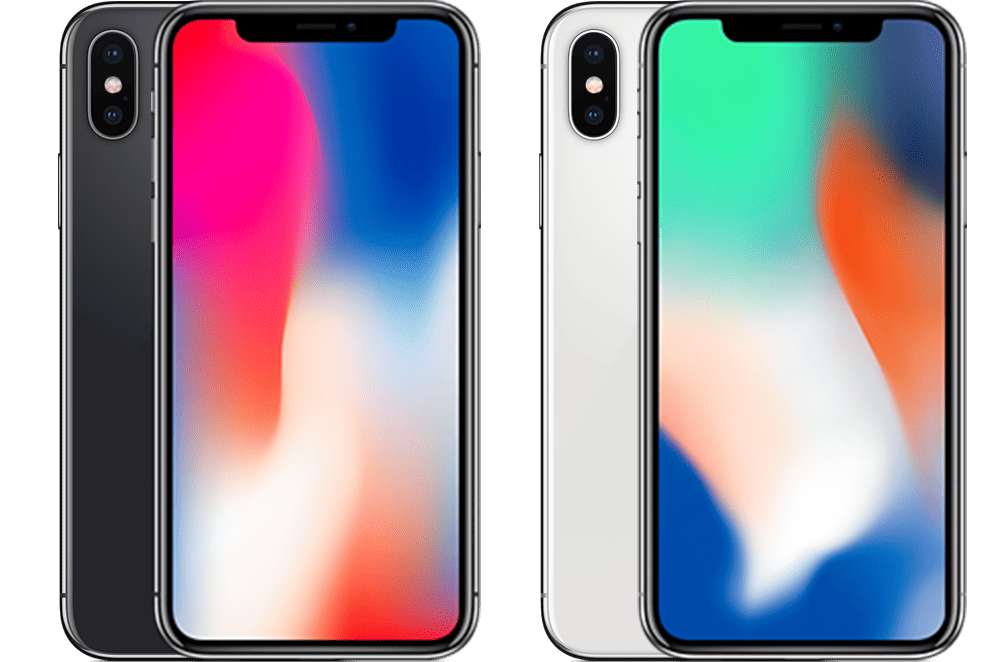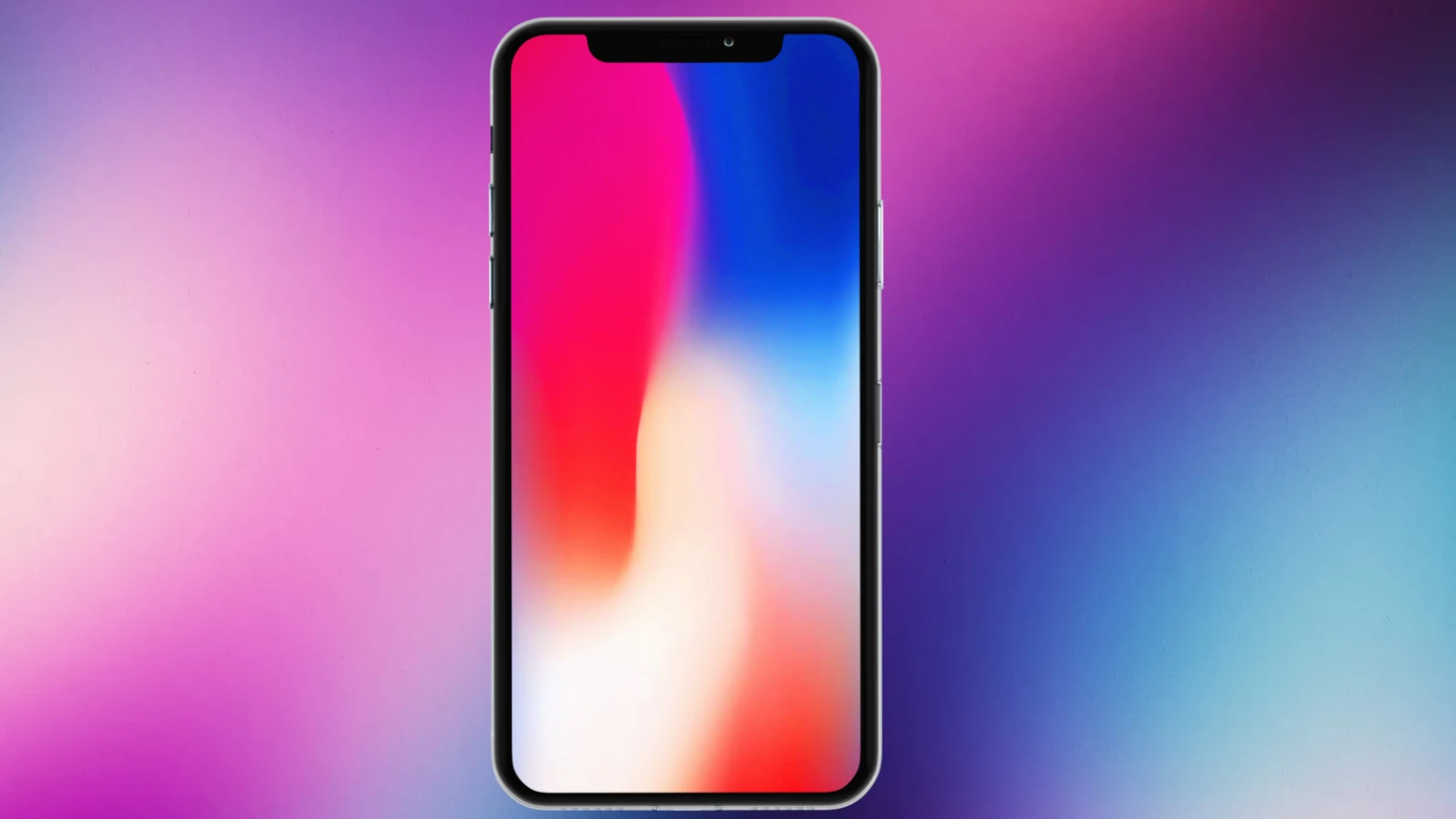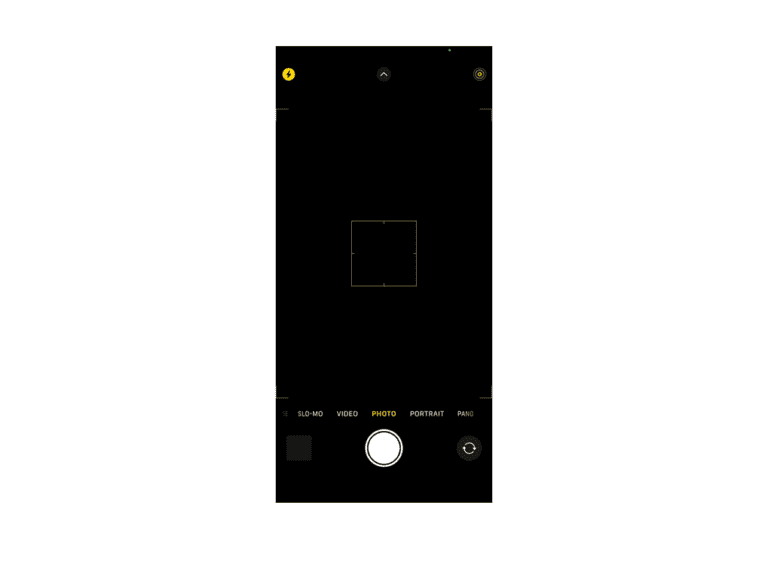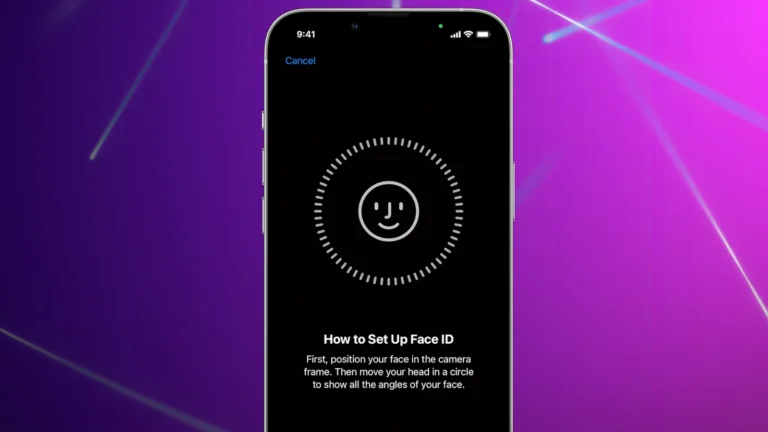The iPhone X, a significant milestone for Apple, was officially unveiled to the public on September 12, 2017. This smartphone marked the 10th anniversary of the original iPhone, symbolizing a decade of innovation in the mobile industry. It was the first model to showcase a dramatic design overhaul since the company’s venture into smartphones. The iPhone X stood out with its edge-to-edge display and the introduction of Face ID, replacing the iconic home button and Touch ID feature.
iPhone X Launch & Release Date Info
| Category | Information |
|---|---|
| Announcement | September 2017 Apple Event |
| Pre-Order Start Date | October 27, 2017 |
| Release Date | November 3, 2017 |
| Reason for Name | 10th Anniversary of the iPhone (skipping iPhone 9 and 9s) |
Available for pre-order starting on October 27, 2017, the iPhone X hit the shelves on November 3 of the same year. Its release was met with enthusiasm from consumers looking for the latest and most advanced technologies in a compact and sleek package. Apple’s efforts to push forward with features like wireless charging and an improved camera system encapsulated the progressive spirit of the iPhone X, setting a new benchmark for smartphones to come.

Key Takeaways
- The iPhone X was announced by Apple on September 12, 2017.
- It introduced a new design with an edge-to-edge display and Face ID.
- The smartphone became available on November 3, 2017.
Design and Display
The iPhone X introduced a distinctive design featuring a glass back and a new approach to the user interface without a home button.
Exterior and Build
The iPhone X’s exterior is defined by its surgical-grade stainless steel frame that comes in two colors: silver and space gray. It sports a glass back, which not only contributes to the polished aesthetic but also facilitates wireless charging. This model marked a shift in iPhone design with its water and dust resistance capabilities, providing users with an added layer of durability.
Screen Technology
When it comes to screen technology, the iPhone X was Apple’s first phone to feature an OLED display. The screen measures 5.8-inch diagonally and is branded as the Super Retina HD Display, delivering high-definition visuals with a resolution of 2436 x 1125 pixels at 458 PPI. The display supports True Tone to adjust the white balance to ambient lighting and offers Dolby Vision, enhancing the viewing experience.
Innovations in User Interface
The traditional home button was removed to make way for a full-screen experience. Users now interact with their iPhone X using gestures. Swiping up from the bottom edge of any screen now serves as the primary action to return home, which dovetails with the introduction of Face ID. This facial recognition system, enabled by the TrueDepth Camera System, allows users to unlock the device simply by looking at it.
Hardware and Performance
Under the hood, iPhone X boasts the A11 Bionic chip with a built-in Neural Engine. This engine powers advanced machine learning algorithms and capabilities such as Animoji, animated emoji characters that mimic the user’s facial expressions in real time. The integration of hardware and software in the iPhone X’s design is aimed at delivering a responsive, fluid experience that keeps performance at its core.
Frequently Asked Questions
The launch of the iPhone X marked a significant milestone in Apple’s mobile phone timeline. This section addresses common queries related to this specific model.
What is the release date of the original iPhone?
The original iPhone was released on June 29, 2007. This revolutionary device began the era of smartphones.
How does the iPhone X compare to newer models in terms of support?
Apple usually supports its phones for several years after their release. The iPhone X, launched in November 2017, has received updates and support consistently. However, newer models might receive longer support due to their more recent release dates.
What are the differences between iPhone X and iPhone XR?
The iPhone X boasts an OLED screen, dual rear cameras, and a stainless-steel frame. The iPhone XR, released a year later, has an aluminum frame, a larger LCD screen, and a single rear camera.
Why was the iPhone X discontinued?
The iPhone X was discontinued in 2018, making way for newer models like the iPhone XS and XR. Apple often phases out older models as new technology is introduced.
Is the iPhone X still a viable choice in 2024?
Even though the iPhone X was released years ago, it can still be a good choice for users who need a reliable smartphone without the latest features. Its performance remains adequate for everyday use.
How does the launch date of iPhone XS relate to that of iPhone X?
The iPhone XS was unveiled on September 12, 2018, almost one year after the iPhone X. It served as an upgrade to the X, with a faster processor and improved camera features.







